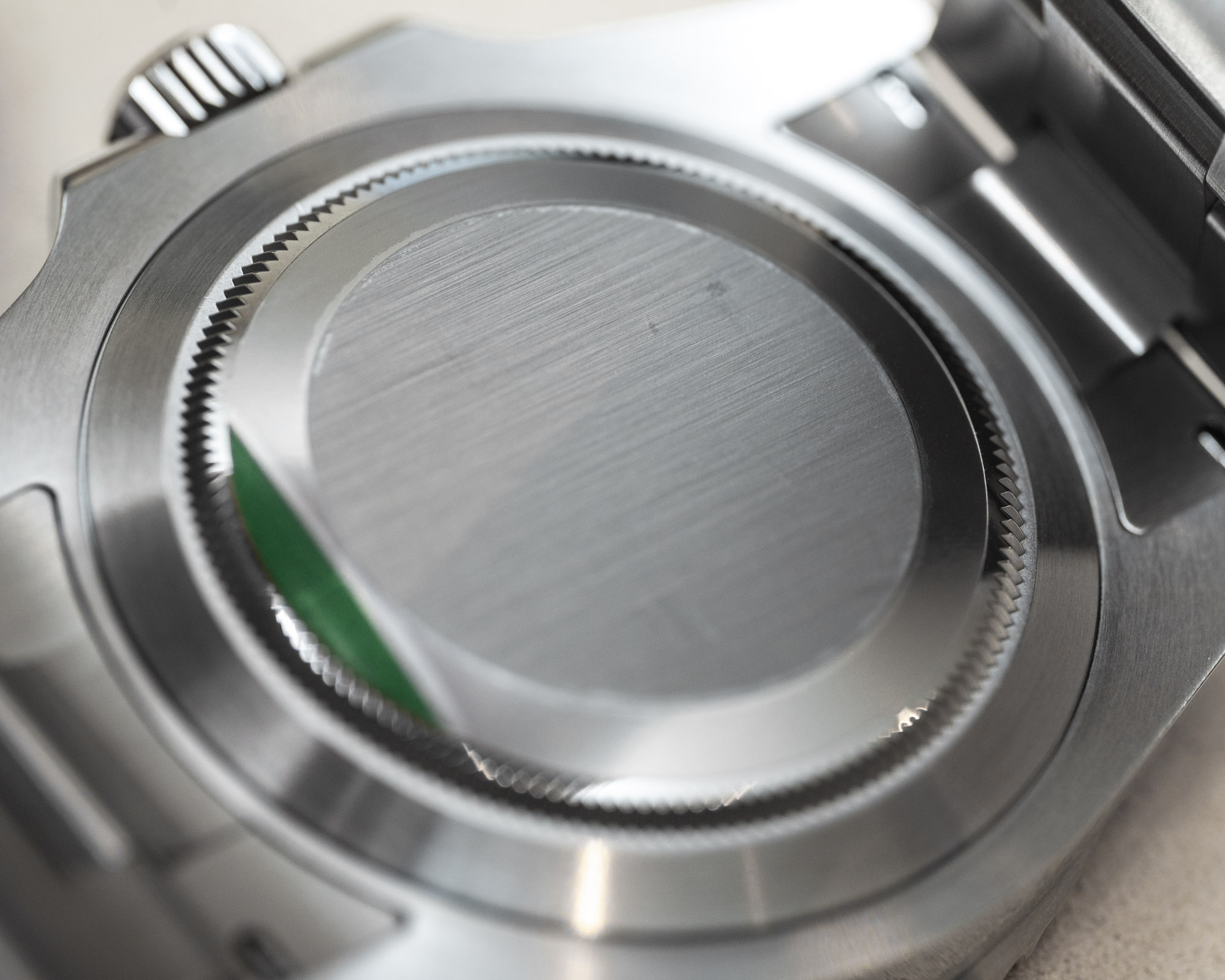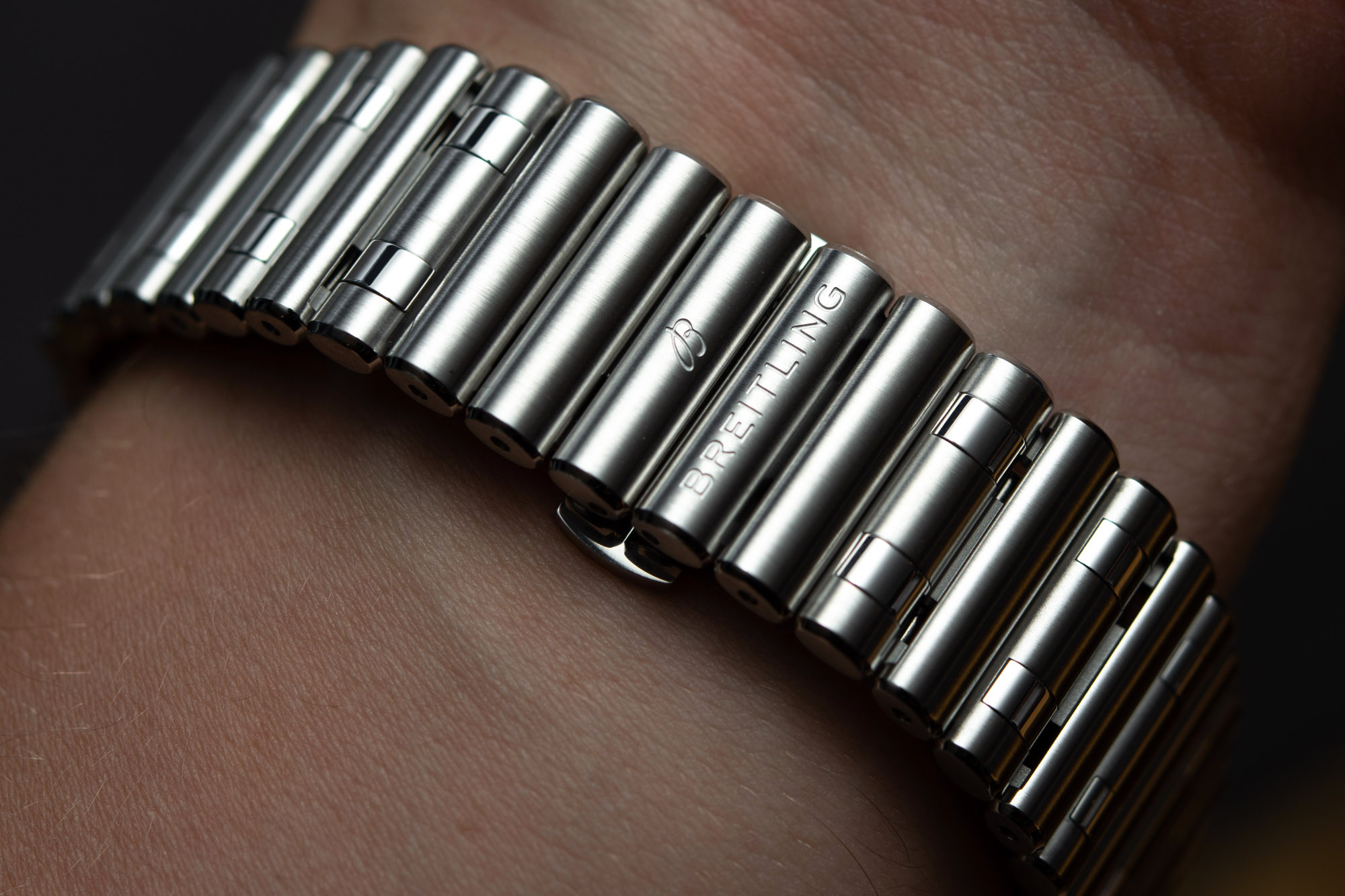
According to Morgan Stanley’s 2023 report, the top 20 watch brands were Rolex, Cartier, Omega, Audemars Piguet, Patek Philippe, Richard Mille, Longines, Vacheron Constantin, Breitling, Tissot, IWC, Hublot, Swatch, Jaeger-LeCoultre, TAG Heuer, Hermès, Tudor, Panerai, Bulgari, and Chopard. All of them have earned their place on that list, but there is an underlying trend — well, actually, two — that I want to highlight and also hear your feedback on.
Before we get to the boredom bit, let us address the first pressing issue on hand today: having to pay more for luxury watches now than ever. It is safe to say that the overwhelming majority of the aforementioned top-tier brands have been increasing their prices left and right, at times even managing to price themselves well out of their comfort zones. And even if some still stay within their familiar territory, prices on freshly released watches can feel “a bit dear” sometimes. Case in point, while Rolex continues to be a strong value proposition in the eyes of many due to the longevity of its products and designs, I did gasp when I learned that the Submariner Date in steel now has a five-figure price tag attached to it. Too much, if you ask me. Oh, and it’s a dead-boring watch, too, but let us not get ahead of ourselves.
Likewise, Omega’s staple the Moonwatch has been getting ever more expensive, while its presentation including its box and accessories is nowhere near as lavish as it once used to be. Not cool. Audemars Piguet’s Royal Oak was famously established on the grounds of a surrealistically bad value proposition — a steel watch priced beyond gold watches of the time — and the brand, let’s be frank, has all but stayed true to this doubtfully endearing element of its heritage. While many Breitling steel watches are competitively priced for their complexity and quality (just think of the B01-equipped Chronomat on its rouleaux bracelet for under $9k), the brand charges an arm and a leg for the tiniest droplet of gold — so, if you wanted to spice things up with a two-tone design, your wallet is facing a pretty bad day.

Sometimes less can be more tasteful, more refined. But then the latter should also cost less, and not more, right?
TAG Heuer has, for what feels like an eternity, been trusted by watch enthusiasts globally to supply their first relatively affordable Swiss-made watch, and we have to commend the LVMH brand for tirelessly fulfilling these duties well. With some of its more luxurious offerings, though, the story is a bit different, as I discovered hands-on with its new tourbillon chronograph. Over the years, TAG Heuer’s competitive tourbillon collection rose in price from its initial $15,000 to $24,000. To be fair, this process spanned almost a decade, but a number of rather special little details were also lost in the process, such as swapping a modern and engineered look in favor of a vintage-inspired, tamer one. Thankfully — and oddly — you can still get a properly bonkers all-ceramic tourbillon chronograph from TAG Heuer for less.

Left: Sub-$10k got you a rubber-clad titanium bracelet, compressor key crown, ceramic bezel insert, Navy SEALs collaboration, and multi-tiered dial in the late ’00s. Right: What exactly $10,000 USD gets you today.
Jaeger-LeCoultre has been criticized by fans on forums and in the comments for the severe price hikes it has performed in recent years. For a while, a base Reverso was one of the better values you could score from any of the historic and important Swiss watchmakers, but now a “Monoface” (read: barebone) Reverso with a subsidiary seconds display is priced at a cheeky $10,300.
The list goes on, but you get the gist of it. Importantly, there are many different ways to look at price hikes, because there can be several different justifiable reasons behind them. One of these would be increased complexity in design and execution: Superb, never-before-seen bracelet and/or case constructions, delicately produced, detail-heavy dials, and the like could potentially lie behind a price tag that shocked you at first sight.

Rarer than rare: A complex, vintage-inspired bracelet re-engineered to an extent where it is an all-new execution.
I posit, however, that such justifications are extremely rare. In fact, while prices have been going up, all but the same could be said about design complexity — and sometimes even refinement.
Even as a fan of outlandish, over-designed, and over-engineered watches from the ‘90s and ‘00s, I recognize that not everyone will prefer that era’s overzealous approach to multi-tier cases, complex bracelets, and odd time displays. But, and please join me in this mental exercise, what if that approach was carried on to today? More tasteful, more refined, more crisp, and neat, but with a clear emphasis on engineering-driven design, as opposed to one apparently focused on “how little can we still charge five figures for?”
Having worked my way through this Grinding Gears, I realize this could be more of a thesis (or a book) than an article. The point I am trying to make, I feel, should be illustrated by dozens, if not hundreds of “before-after” type images to show clearly how much more time and, again, engineering effort many of the top 20 watch companies have dedicated to the development of their novelties.
Rubber-clad titanium bracelets in place of cheap, molded rubber? Check. Linear time displays, beautiful appliqués, exquisite surface treatments in place of boring lacquered dials and hideously stamped date windows? Yep, those were a thing, too. Cases with compressor keys, bezel locks, and swiveling crystals you could interact with? I wonder what those engineers are doing these days — maybe they have drowned in a pool of 120-click bezel ratchets and rotating inner flange rings. To be fair to them, getting a lot of these cool cases and dials designed and suited for mass production is a lot more difficult once you move production from the next Swiss village to Asia.
I could go on and on, but the point remains the same. My issue is not just with the endless sea of vintage-inspired re-releases — how convenient, isn’t it, that the vintage designs most likely to be revived today by the top-20 brands are the most hideously basic ones? — but rather that we are offered very little in the other pan of the scale to balance these out all the while we are asked to pay more than enough to have that privilege. Alas, we very rarely get to live it.
I understand that this was a less scientific, less data-driven Grinding Gears, but I do trust my instinct and my experience to back up this sentiment (and resentment) that I have for years had brewing in me against lazy three-piece cases, shockingly boring dials and nasty date windows, cheap rubber straps, and three-hand time displays on offer getting on for five-figure sums, and often well past that.
It is difficult to put into words how excited I am for the vintage re-release trend to be over — but for that to happen not only brands, but also customers will have to grow the courage to rock modern, interesting, and outlandish watches that lack the skin-deep mascara of faux historical justification. How about you? Are you happy with today’s balance between prices and excitement in the world of new watches from the watch industry’s more influential brands?




